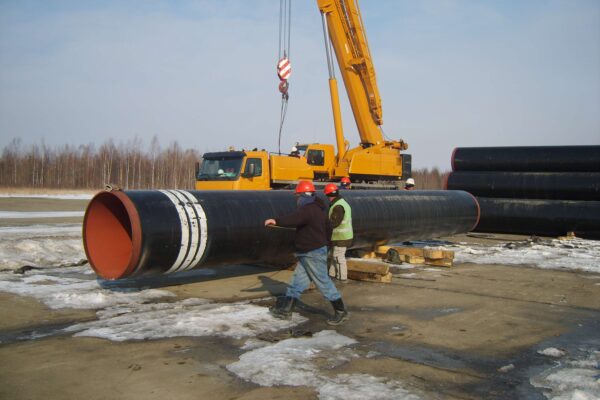I earlier provided a link to an article on (software) application development bottlenecks. I was quoted twice in the article along with other sources like Gartner and Forrester Research.
Although I was quoted twice, I provided more information than made it into the article. In this insight, I’ll provide some of the other perspectives.
To recap, here are the two segments that were published:
Application development speed and capacity are usually NOT the issue. The issue is that the business users’ requests are not prioritized and valued such that priorities are established and existing capacity is dedicated to higher value work, yielding better use and ROI of scarce development time. Every business has finite resources. If benefits/value are not established, there is no way the business can rationally make decisions about how to use scarce resources, especially application development. Without valuation and associated prioritization, priorities are usually established by politics and the infamous “who yells the loudest” methods. Also, there are no curbs on “business demands” because no one knows what is reasonable.
The craft of business analysis has degenerated into requirements writing and management in many companies. GIGO (Garbage In, Garbage Out) still applies to application development. If businesses don’t make an effort to truly understand who the customers are and what they need, then products are often based solely on internal thinking (and therefore often assumptions instead of facts) about what customers need. In this case, applications development can speed up 1,000 times and still be a waste since all the effort will be invested in delivering the wrong thing. The initial thinking should be treated as an assumption and tested by market feedback.
Here are some of the additional, unpublished perspectives along with some explanation of the “why” I made the statements:




